Backyard Theater – Scene Three
- Backyard Theater – Scene One
- Backyard Theater – Scene Two
- Backyard Theater – Scene Three
- Backyard Theater: Scene Four – Winter Finale
Scene Three – Autumn
A Humming Goodbye:
As summer slides into autumn, we say goodbye to some residents and hello to others. Inevitably, our backyard theater changes with the season. Heidi and Henry hummingbird take their last sips of sugar water by mid-September and migrate to their winter home. I like to keep sugar water available through November for other migrating hummingbirds. So, from November until the end of February, I don’t provide an ample supply of nectar in the feeder. Instead, I keep just enough for the occasional off-season visitor.
Hello Pine Warbler:
The pretty yellow and gray pine warbler started to visit our feeder recently. The pine warbler is a permanent resident of Florida and feeds primarily on small insects. However, since we mix mealworms with the seed in the feeder, the pine warbler visits several times per week. Since I plan to buy a separate feeder exclusively for mealworms soon, I hope to see these visits more each autumn and winter. During summer, they nest in the pine trees and raise as many as three broods. Therefore, we don’t usually see them until autumn.
Learn more about the Pine Warbler.
Knock, Knock:
The red-bellied woodpecker began visiting our feeder sometime mid-summer. As the weather changed and autumn arrived, we noticed a pair of them taking turns at the feeder. Knowing that they pecked tree bark for insects, I wondered why we saw them at the feeder. I figured it had to be for the mealworms. However, I later discovered that they visit feeders for seeds and nuts in the fall and store them in bark crevices for winter. I wonder if the squirrels are wise to this.
Learn more about the Red-bellied Woodpecker.
Mourning in the Morning:
We don’t see as many mourning doves as we did in cities and small townships. Since we identify as a rural community, we see other types of birds more often. It took a short time for the doves to discover our feeder. Mourning doves feed almost entirely on seeds. They feed on the seeds that fall to the ground beneath the feeder. Those seeds make a perfect meal for our mourning friends. I must admit that I love their haunting coos in the morning. For me, they are a soothing and welcoming addition to our backyard theater.
Learn more about the Mourning Dove.
Scene Four – Winter will post next month.
To read more from this author, visit Jill Yoder’s Inspired Pen.
Also, visit her Amazon author page.


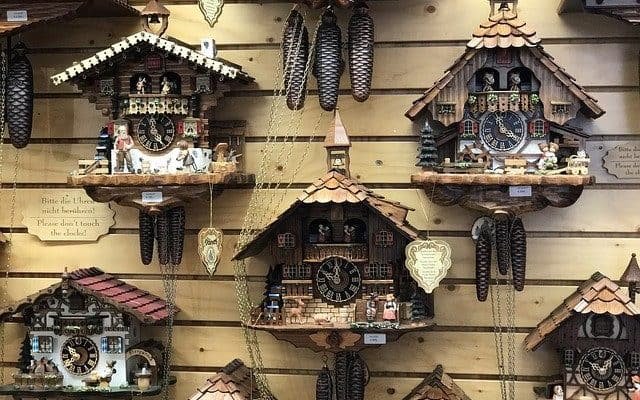
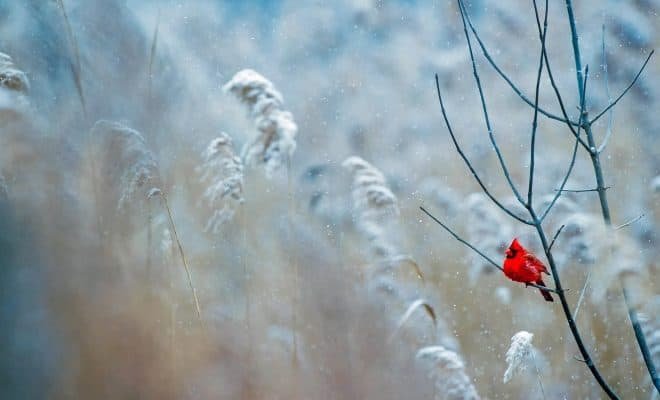
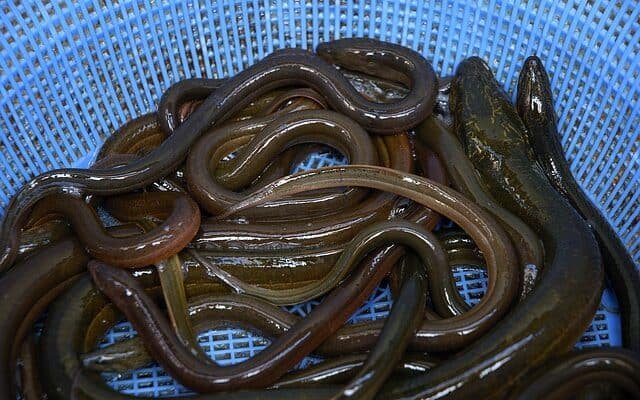
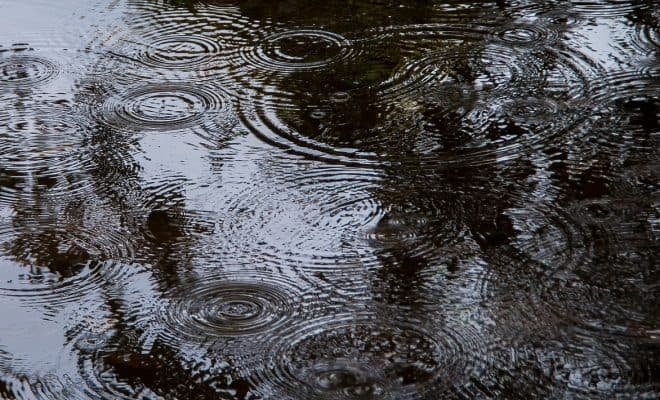
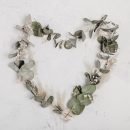


I do love this series. It sounds such a treat to be have so many different birds visit your garden. The mourning dove is a delightful looking bird. Beautiful.
Thank you so much, Jo. This is the series that I would have published in the Coffee House Writers Anthology, but I took a six-month hiatus which bumped it out. So, instead, I decided to use it for the online format and break it up into four sections.